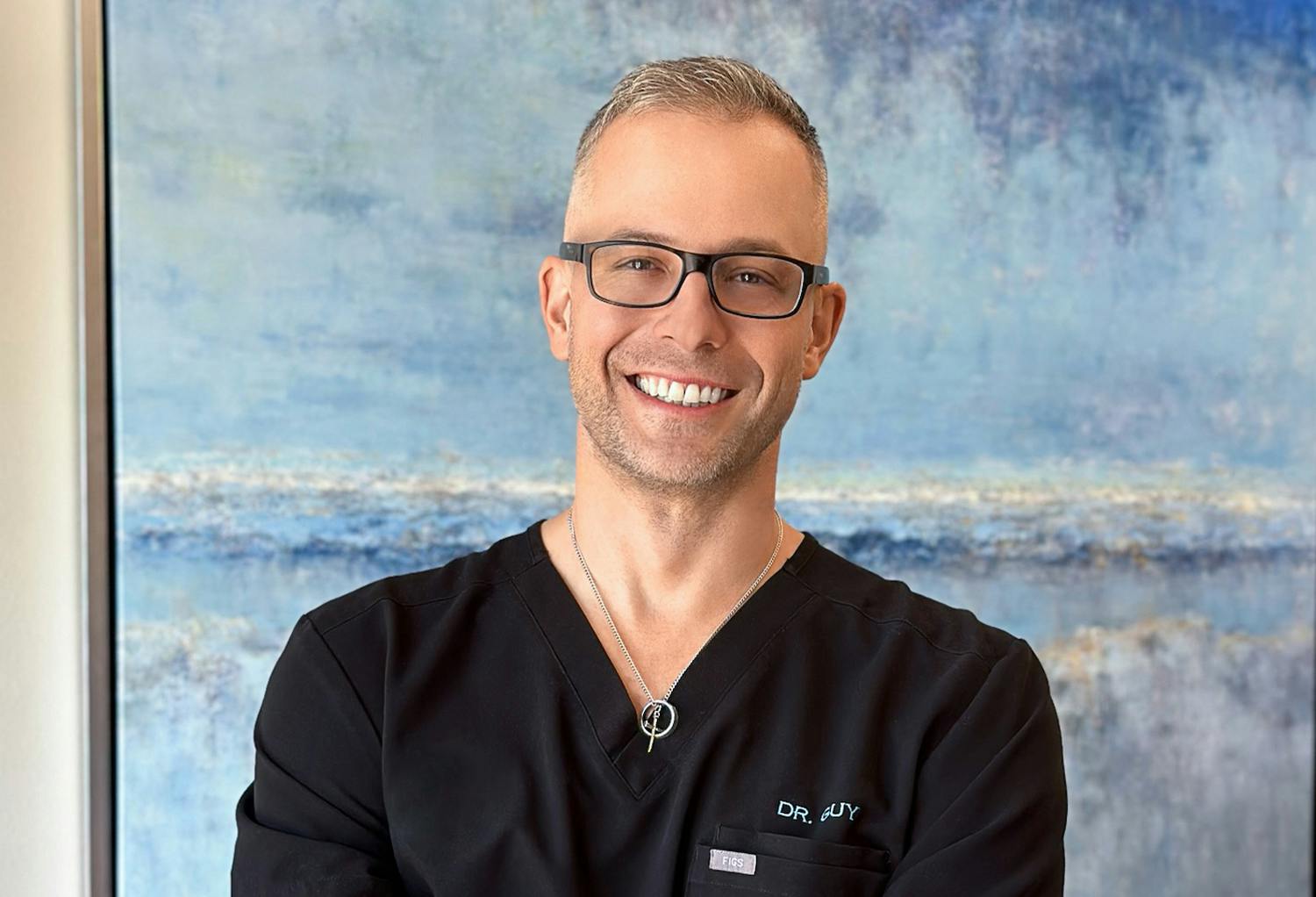Dr. Charles W. Guy II, DO FAOCO, is a board-certified specialist in facial plastic surgery and otolaryngology. Originally from Houston, Texas, Dr. Guy pursued his undergraduate studies at Southwestern University in central Texas.
Austin Face & Body:
A trusted name in corrective procedures
It can be devastating to emerge from surgery with an unsatisfactory cosmetic or functional outcome. When this occurs, it’s even more important to work with an experienced nose surgeon on the revision – someone with a proven track record of applying cutting-edge cosmetic and reconstructive techniques to perform complex revision procedures.
At Austin Face & Body, we bring together a world-class team of plastic surgeons that are known for their artistry, technical precision, and commitment to excellence. You can trust us to resolve the problems from your original nose job, and provide the beautiful, natural-looking result you deserved the first time around.




